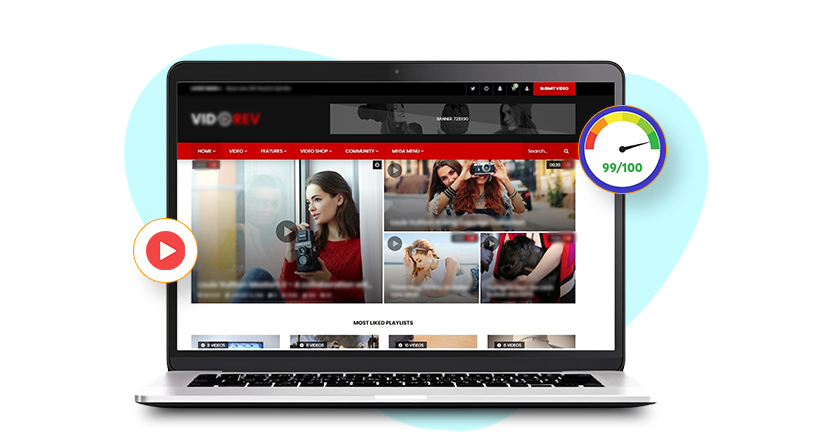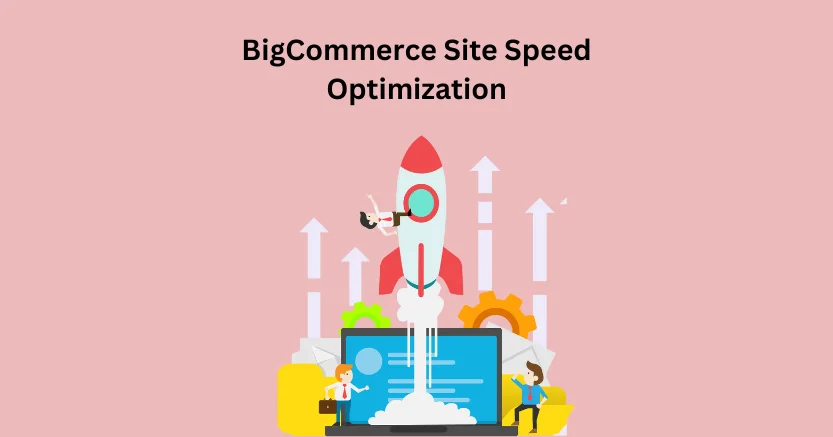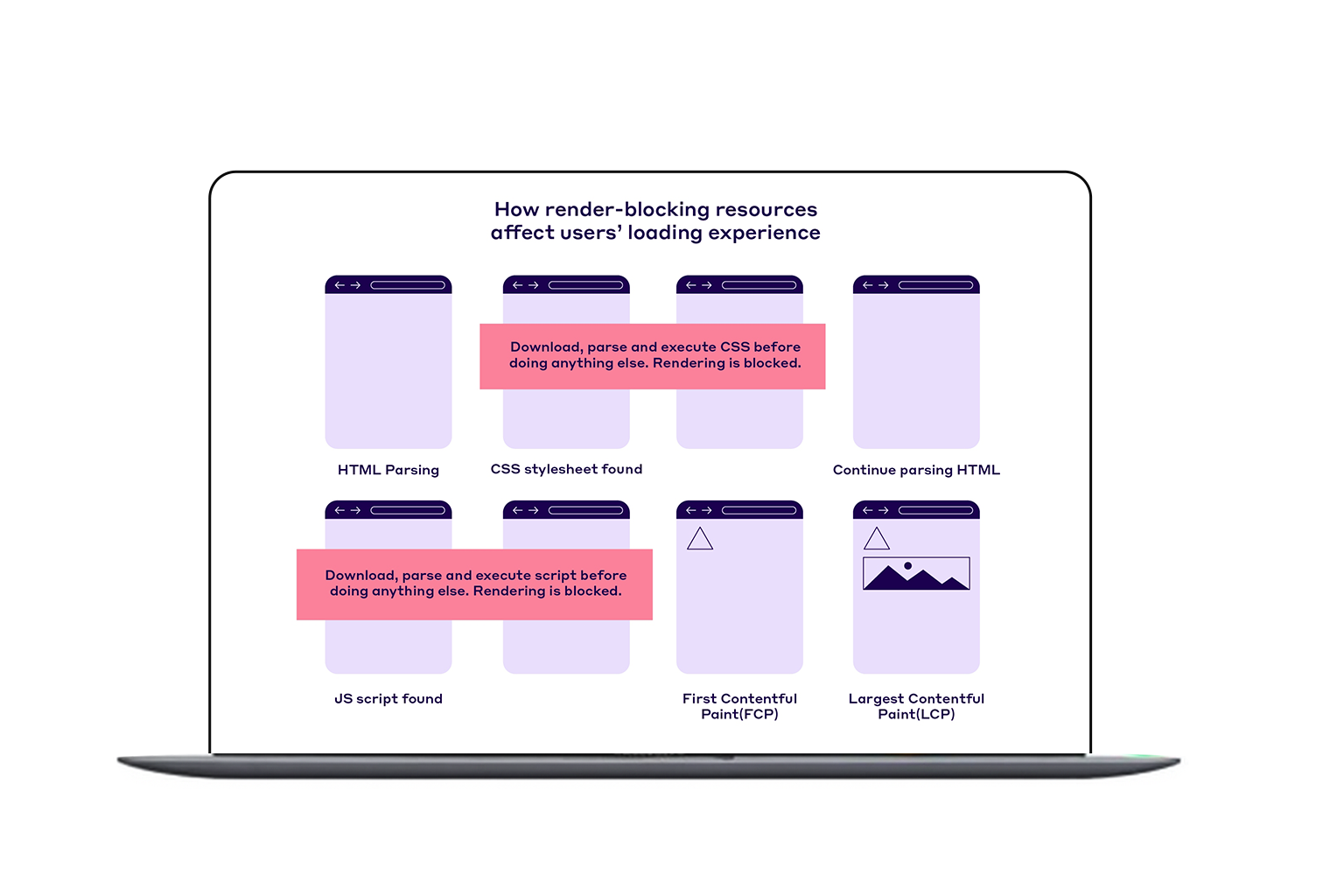In an effort to help users access information faster, Google has introduced Core Web Vitals, a set of metrics that measure the performance of web pages. Core Web Vitals focus on three key aspects of website performance – loading time (LCP), interactivity (FID), and visual stability (CLS) – to assess the overall user experience. By measuring these metrics, website owners can get an insight into how their website is performing and how to fix core Web Vitals to improve the user experience.
Google has made it clear that Core Web Vitals metrics will be a significant factor in the search engine ranking. This means that website owners need to take the time to understand and optimize their website for Core Web Vitals in order to remain competitive in search engine rankings. In addition, Google is using the Core Web Vitals metrics to determine how a website’s user experience impacts its ranking. Websites with good user experience will be rewarded with higher rankings in search results, while websites with poor user experience will be ranked lower. This means that websites must pay attention to their Core Web Vitals metrics and ensure they are optimized for the best user experience possible.
Overview of Core Web Vitals and Its Metrics
Search engine optimization (SEO) is a vital component of modern website design, and Google’s Core Web Vitals are playing an increasingly important role in the optimization process. The Core Web Vitals is a set of metrics that measure the performance of a website, such as its loading speed, interactivity, and visual stability. The three main metrics are Largest Contentful Paint (LCP), First Input Delay (FID), and Cumulative Layout Shift (CLS).
LCP: The Largest Contentful Paint (LCP) metric measures the time it takes for the largest element on a webpage to load. This is important because it indicates how quickly users are able to access the content.
FID: The First Input Delay (FID) metric measures the time it takes for a user to interact with a web page after it has loaded. This is important because it indicates the responsiveness of a website.
CLS: The Cumulative Layout Shift (CLS) metric measures the number of unexpected layout shifts on a website. This is important because it indicates how visually stable a website is for the user.
How Google uses Core Web Vitals in search ranking
Google uses the Core Web Vitals metric to measure and rank web pages in their search engine results. This means that webpages with better performance metrics will achieve higher rankings in search engine results. Therefore, website owners need to ensure that their pages are optimized for Core Web Vitals in order to reach more potential customers and improve SEO performance.
Impact of Core Web Vitals on User Experience
When it comes to search engine optimization (SEO), the impact of core web vitals on user experience is becoming increasingly important. Core Web Vitals are a set of metrics that measure a website’s loading speed, interactivity, and visual stability and provide users with a better experience.
These metrics are becoming increasingly important for SEO as Google has announced they will use Core Web Vitals as part of their ranking algorithms. This means that websites with poor performance on Core Web Vitals will be less likely to rank well in the search engine results pages (SERPs).
User experience is an important factor for search engine rankings, and Google has included Core Web Vitals as one of the metrics for measuring it. Poor performance on Core Web Vitals can lead to lower rankings, fewer page views, and a decrease in conversions. It should therefore be a priority for any website owner looking to improve their search engine rankings.

Want to read this blog offline?
No worries, download the PDF version
now and enjoy your reading later…
 Download PDF
Download PDF Optimization Strategies for Core Web Vitals
General optimization strategies
A few general optimization strategies and Website speed optimization tools can be used to improve a website’s Core Web Vitals scores. These include reducing the size of images and other resources, optimizing code, minifying HTML, and reducing the number of redirects.
LCP optimization strategies
LCP measures how long it takes for the largest content element on a page to load. To improve LCP scores, users must ensure that the largest content element is above the fold and loaded quickly. Other strategies include:
- Using lazy loading for images.
- Optimizing the server response time.
- Reducing the number of render-blocking scripts.
FID optimization strategies
First Input Delay (FID) measures how long a page responds to user interaction. To improve FID scores, users must ensure that the page is optimized for JavaScript and that any third-party scripts are loaded asynchronously. Other strategies include:
- Reducing the size of the code.
- Minimizing the number of DOM elements.
- Optimizing page load time.
CLS optimization strategies
Cumulative Layout Shift (CLS) measures how much the content on a page shifts as it loads. To improve CLS scores, webmasters must ensure that any elements that can shift during page loading are sized and positioned properly. Other strategies include:
- Using media queries for responsive design.
- Avoiding large font size changes.
- Using animation to indicate changes on the page.
Quick Load Times, Quicker Conversions, Optimized Core Web Vitals, Let’s Go!
Fix Core Web Vitals NowMeasuring Core Web Vitals
Google provides several tools that website owners can use to measure their Core Web Vitals scores. The most popular tool is Google Search Console, which provides detailed performance reports for all of your web pages. In addition, Google also provides a Chrome extension called PageSpeed Insights, which provides performance scores for both mobile and desktop devices. This tool is useful for quickly diagnosing performance issues and identifying areas for improvement.
Importance of continuous monitoring and improvement
It’s important to monitor Core Web Vitals and constantly strive to improve them. This is because Google’s Page Experience Update is a rolling algorithm, and scores can change at any time. To monitor and improve Core Web Vitals, website owners should use Google’s tools to improve page speed, interactivity, and visual stability. This can involve optimizing images, minifying code, caching, and other performance-related tasks.
Conclusion
The Core Web Vitals are an important factor in search engine optimization, and they have the potential to significantly improve the user experience of your website. By optimizing your website for Core Web Vitals, you can improve the performance of your website, increase its visibility in search rankings, and make it more attractive to potential customers. Taking the time to understand and implement the Core Web Vitals will positively impact your SEO and ensure that your website offers the best possible experience for your users.
Our best Website speed optimization tool, Website Speedy, brings an easy way to optimize your core web vitals and improve site speed. All you have to do is to add the script of our saas based speed optimization tool as directed, and you are done!
April 5, 2023
Leave a Comment
















































